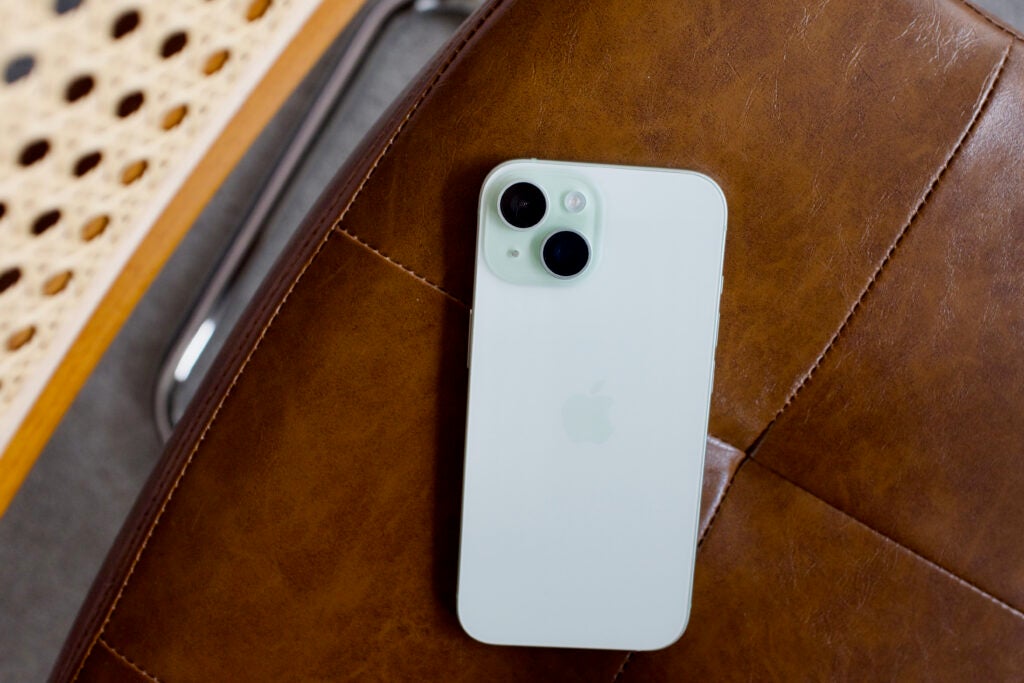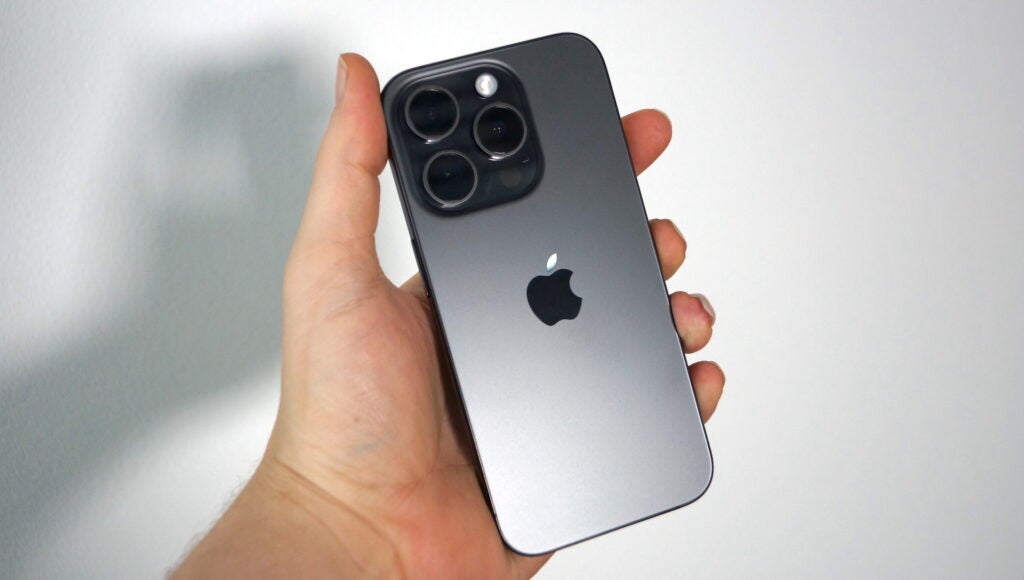Every autumn, Apple releases a new slew of flagship phones and this year we were introduced to the iPhone 15 and iPhone 15 Pro. Keep reading to learn how these two iPhones compare.
As with any new phone, it can be tough to decide whether to splash out on the Pro model or to save money and stick with the more basic option.
Apple likes to complicate things in this respect by offering four phones – the iPhone 15, iPhone 15 Plus, iPhone 15 Pro and iPhone 15 Pro Max. However, this guide will focus on the two smaller 6.1-inch models, the iPhone 15 and the iPhone 15 Pro.
Keep reading to discover how the iPhone 15 compares to the iPhone 15 Pro when it comes to key features, including the design, cameras, performance and battery life.
Pricing and availability
Both the iPhone 15 and the iPhone 15 Pro launched in September 2022, with prices for the iPhone 15 starting at £799 and the iPhone 15 Pro starting at £999.
Design
The iPhone 15 and the iPhone 15 Pro share similar designs, including the 6.1-inch Super Retina XDR displays with the interactive Dynamic Island in place of the classic notch. Both phones also share similar weights and dimensions and are water resistant up to IP68.
The iPhone 15 Pro does include a number of additional features including the ProMotion 120Hz refresh rate and the Always-On display. The iPhone 15 Pro also includes the new Action button in place of the silent switch.
The two phones also come in different colours, with the iPhone 15 available in an array of pastel shades, including Pink, Yellow, Green and Blue, along with Black. Meanwhile, the iPhone 15 Pro sticks to darker colours like Natural Titanium, Blue Titanium and Black Titanium, as well as White Titanium.
We liked the iPhone 15’s rounder, softer design and more muted colour range compared to the iPhone 14 and were happy to see the Dynamic Island make its way to the base model, though we’re still waiting for the faster refresh rate.
Likewise, we enjoyed that the iPhone 15 Pro felt more comfortable to hold than its predecessor and found the new Action button to be both useful and customisable.

Camera
The iPhone 15 features a dual-camera system, consisting of a 48-megapixel main sensor and a 12-megapixel ultra-wide sensor.
The iPhone 15 Pro, meanwhile, has a third 12-megapixel telephoto lens with up to 3x optical zoom. This makes the camera better suited to shooting subjects that are further away (though it still sits behind the 5x optical zoom on the iPhone 15 Pro Max).
Both phones feature 12-megapixel selfie cameras and support 4K video recording at up to 60fps, with the Pro also supporting ProRes 4K/60fps external recording and macro video recording.
We found the 48-megapixel sensor on the iPhone 15 to be a big upgrade compared to its predecessor, though it isn’t identical to the one on the iPhone 15 Pro. The iPhone 15 Pro also includes additional video benefits, like ProRes, ProRaw and log shooting for those planning to colour-grade their videos, making it the stronger choice for content creators.
Performance
The iPhone 15 Pro is powered by a more up-to-date chip than the iPhone 15. The iPhone 15 features Apple’s A16 Bionic chipset, whereas the iPhone 15 Pro packs the new A17 Pro chip.
Both chipsets consist of a six-core CPU with two performance cores and four efficiency cores, a 16-core Neural Engine and the A16 Bionic has a five-core GPU whereas the A17 Pro has a 6-core GPU.
We tested both chips and found the A16 Bionic to be a fantastic option for its price, holding up well a year on. However, it’s the A17 Pro that stands out among the crowd, outperforming even the top-performing Android phones we’ve benchmarked in the past 12 months.

Battery life
Lastly, it’s important to consider battery life.
According to Apple, the iPhone 15’s battery can support up to 20 hours of video playback (16 hours of streamed video playback) and up to 80 hours of audio playback, while the 15 Pro offers up to 23 hours of video playback (20 hours of streamed video playback) and up to 75 hours of audio playback.
We found that both phones offered sold all-day battery lives in our tests but will likely need to be charged every night if you want to get through a second day with the phone.
There’s support for Qi and MagSafe wireless charging across both phones, along with fast charging that should allow you to reach 50% battery within 30 minutes of charging. Both iPhones also include USB-C ports for charging this year.











